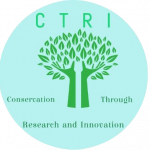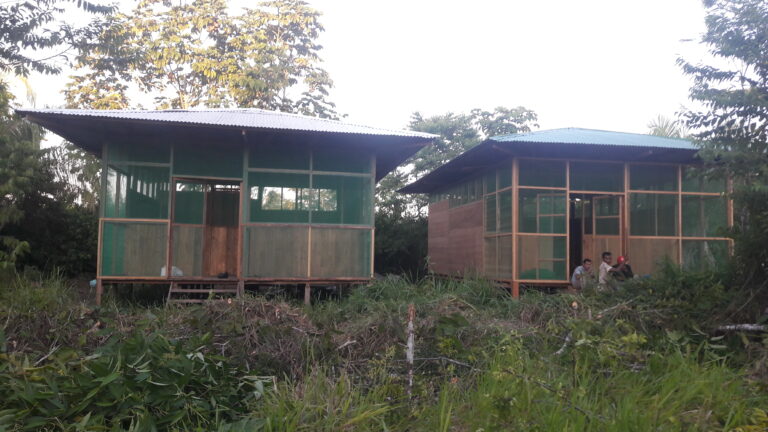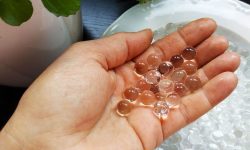WHAT WE DO
HABITAT RESTORATION
Is the purposeful rehabilitation of an area to recreate a functioning ecosystem. Restoration of species-rich communities such as tropical forests must focus on the ecosystem functional diversity. Therefore it is important to use diverse tree species that support diverse pollinator fauna and diverse fruit types, providing food for variety of frugivorous animals.
Timber and non-timber species
To restore tropical rainforest habitats it is necessary to use diverse tree species to obtain different forest products.
Tree species can be classified, based on their commercial use, into two main groups: Timber and non-timber species.
Similarly, the products obtained from them can be classified into two main groups: timber forest products and non-timber forest products.
Timber forest products are those that come directly from the use of wood from trees of timber species. These are, for example, wood and the products and derivatives obtained from its transformation (wood for pencils, matches, toothpicks, broomsticks, handicrafts, pulpwood, etc.).
Non-timber forest products (NTFPs) are all those consumer goods derived from forest ecosystems, excluding those from wood or tree felling. These products play a vital role in the generation of food, medicine, employment, income and fodder; therefore, they contribute to the well-being of the community.
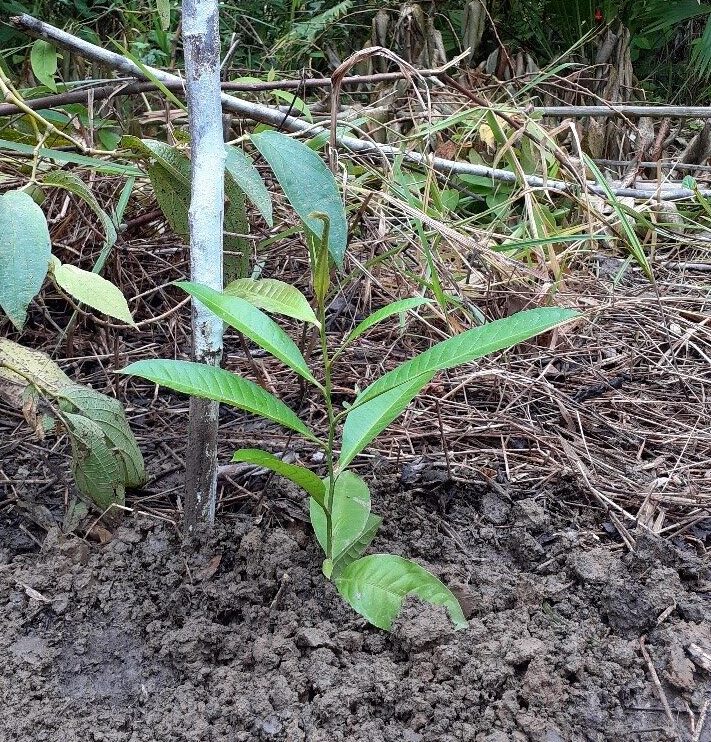
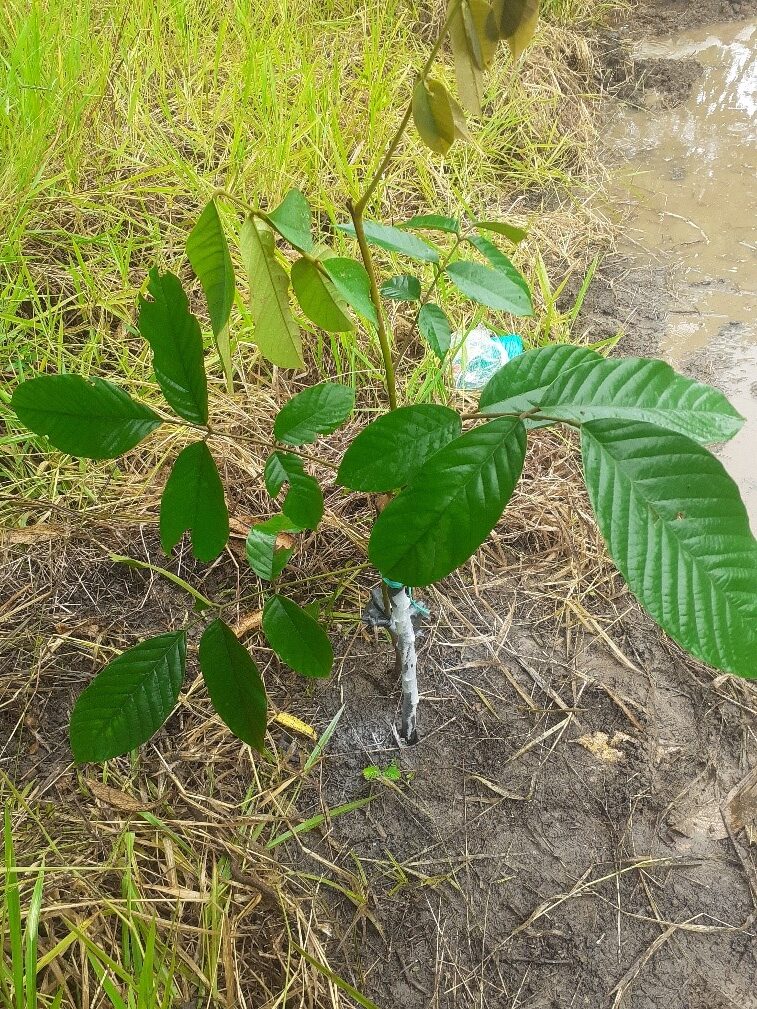
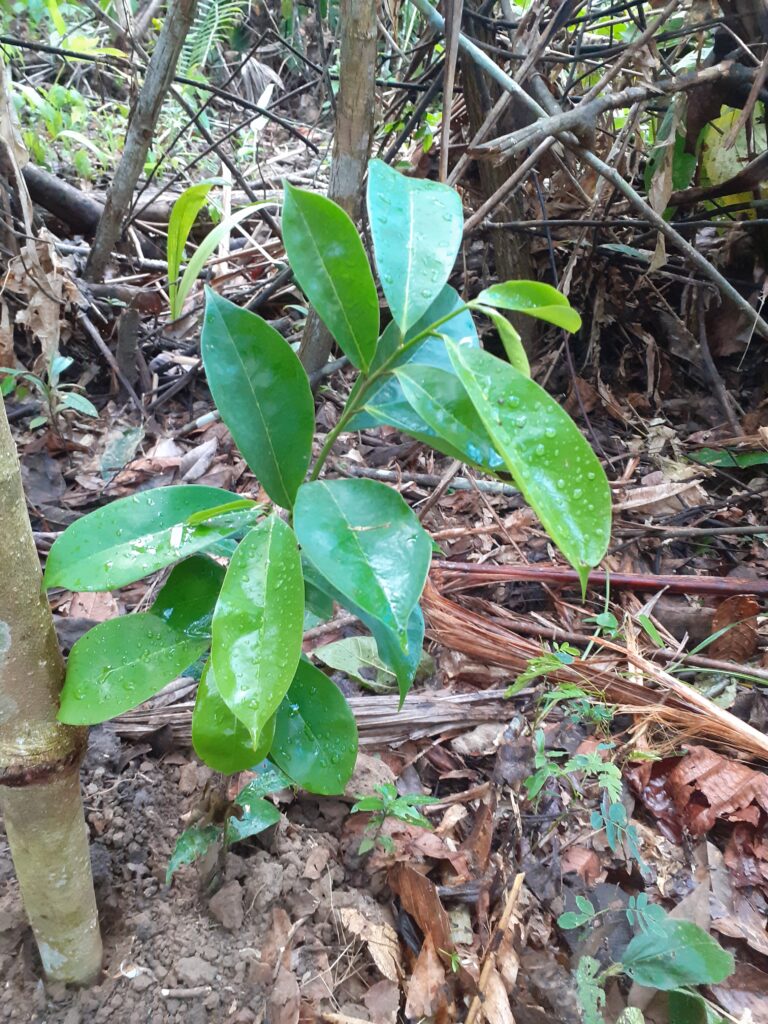
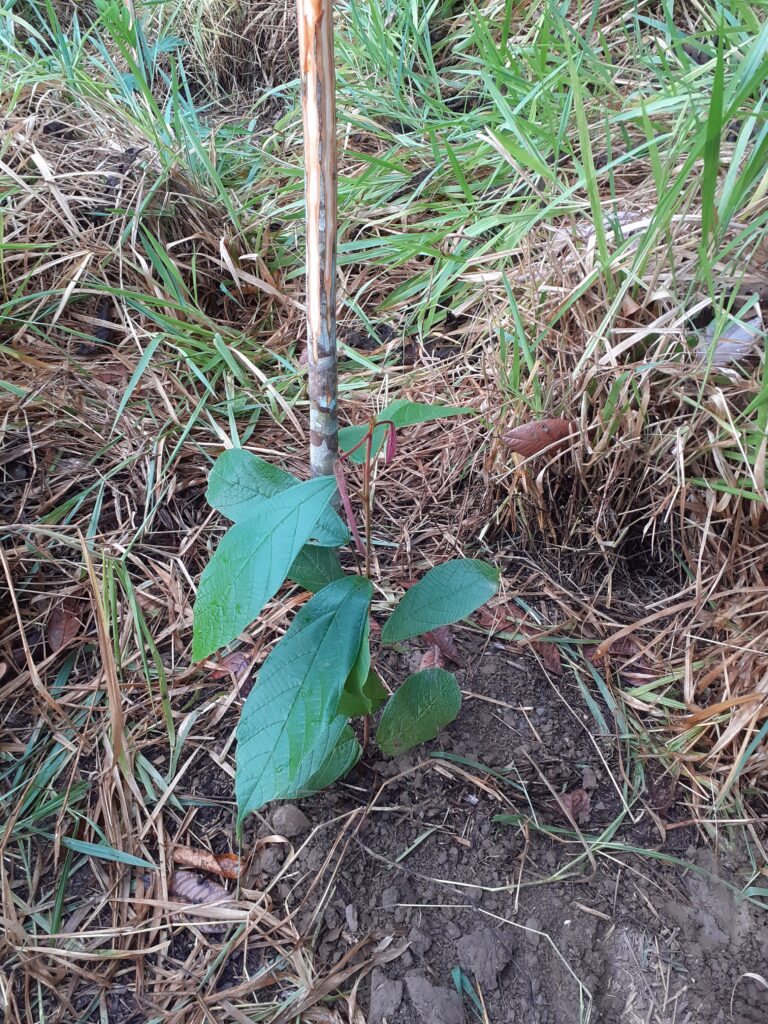
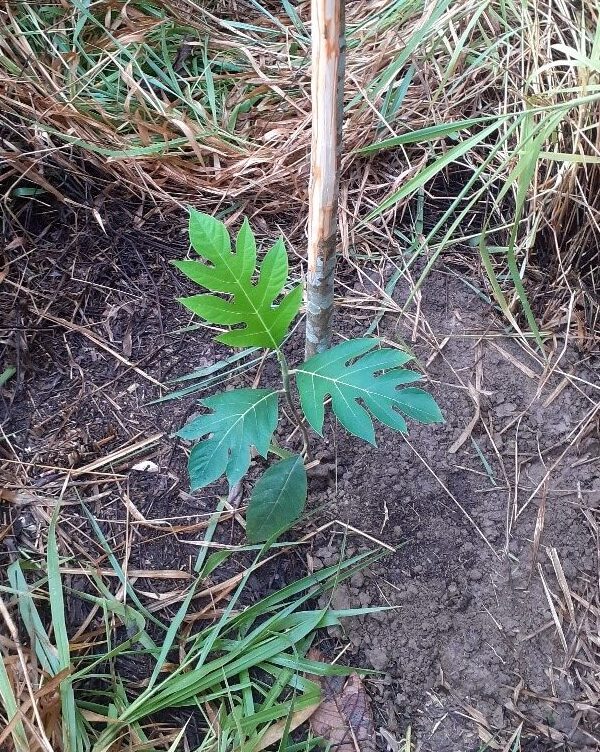
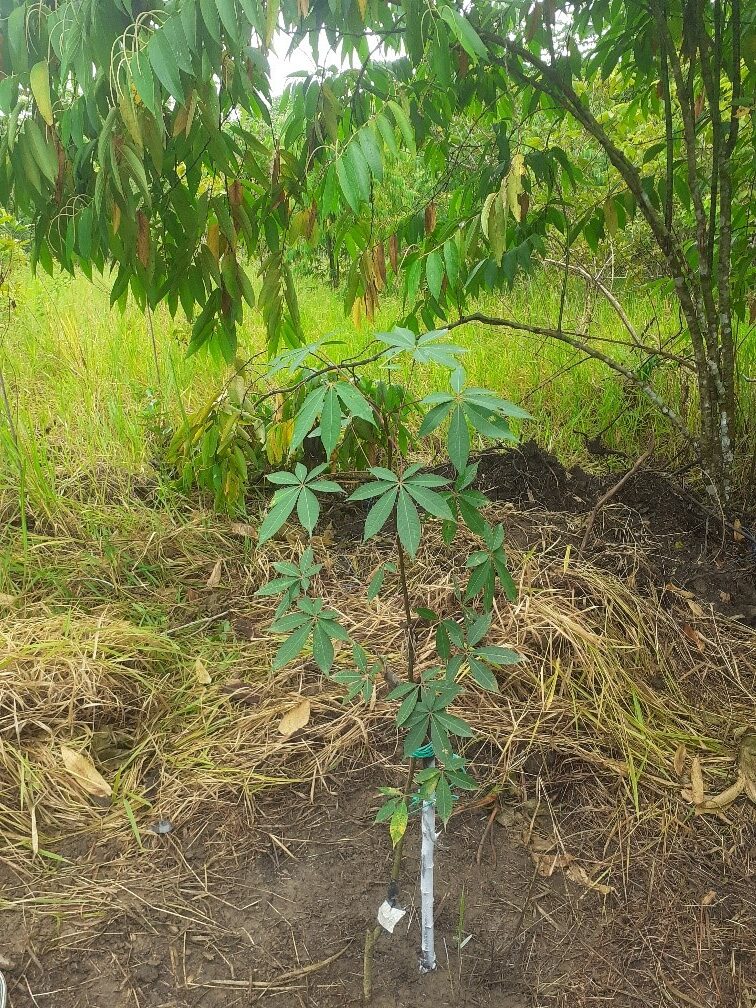
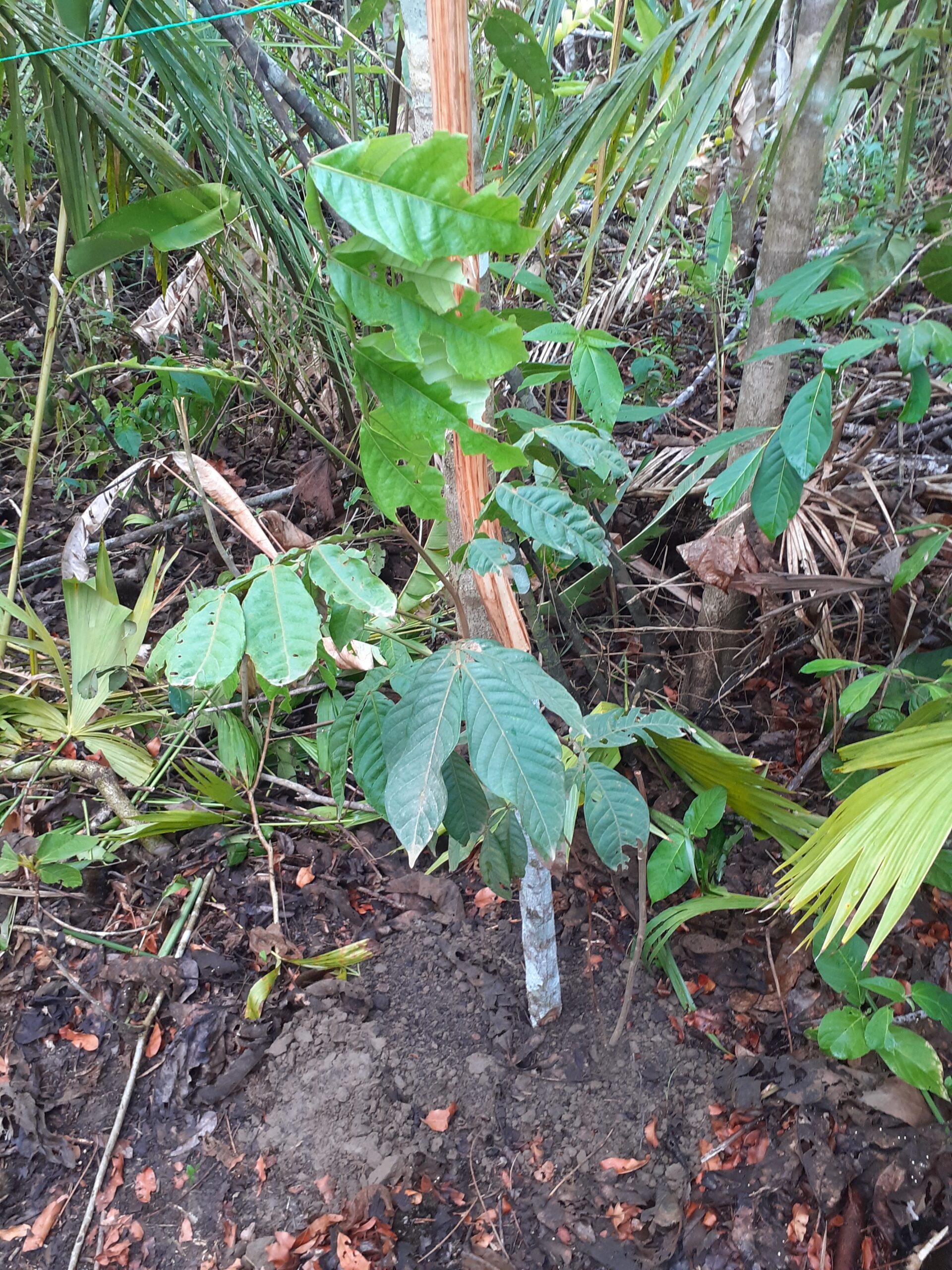
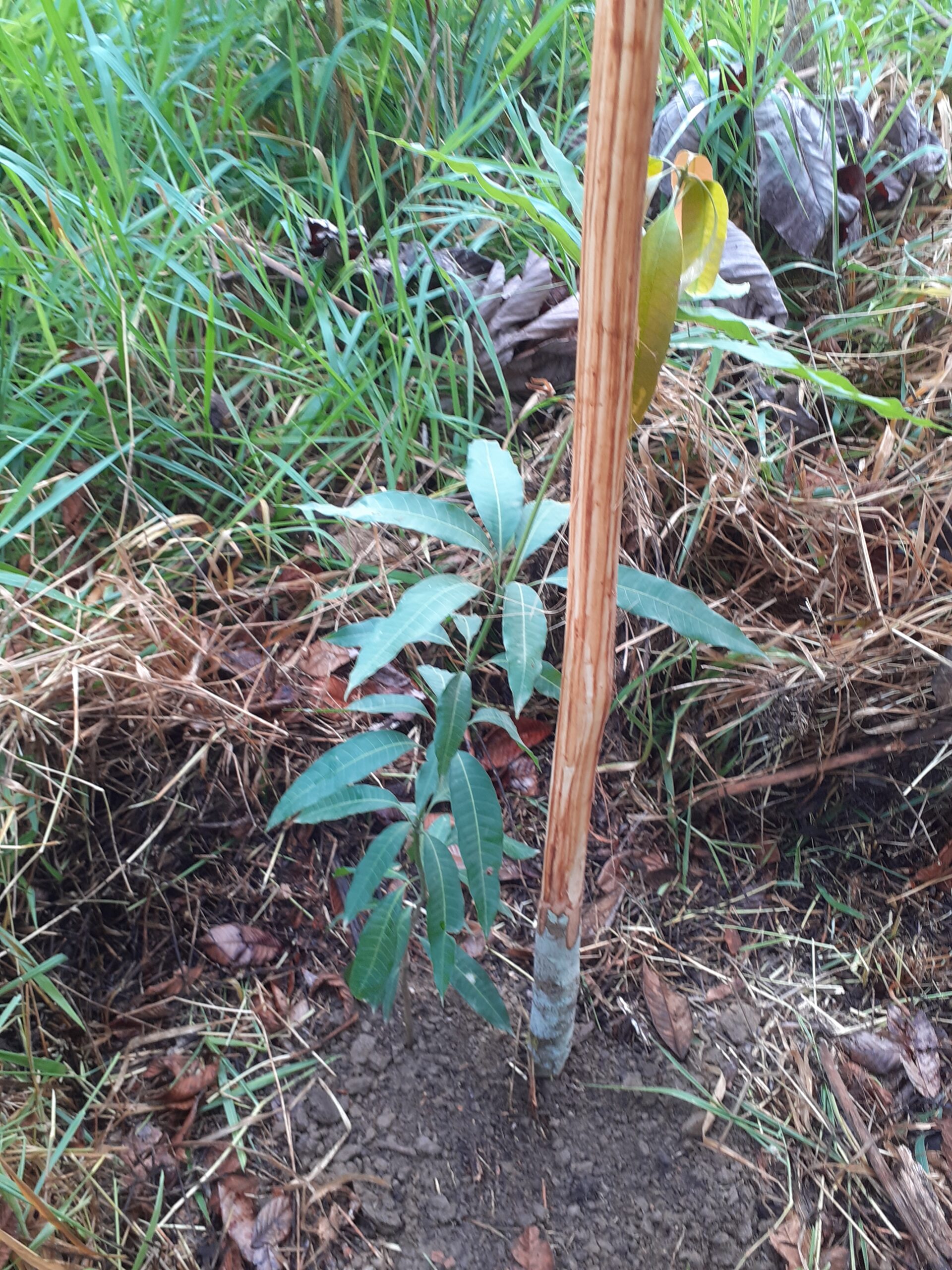
WILDLIFE MONITORING
Wildlife monitoring is essential for keeping track of animal movement patterns, habitat utilisation, population demographics, snaring and poaching incidents and breakouts. Camera traps are one of the best methods we have for monitoring endangered species.
Wildlife species
Peru is home to more than 15% of the world’s bird species. Is second in terms of birds and ranks in the top five globally for amphibians and mammals.
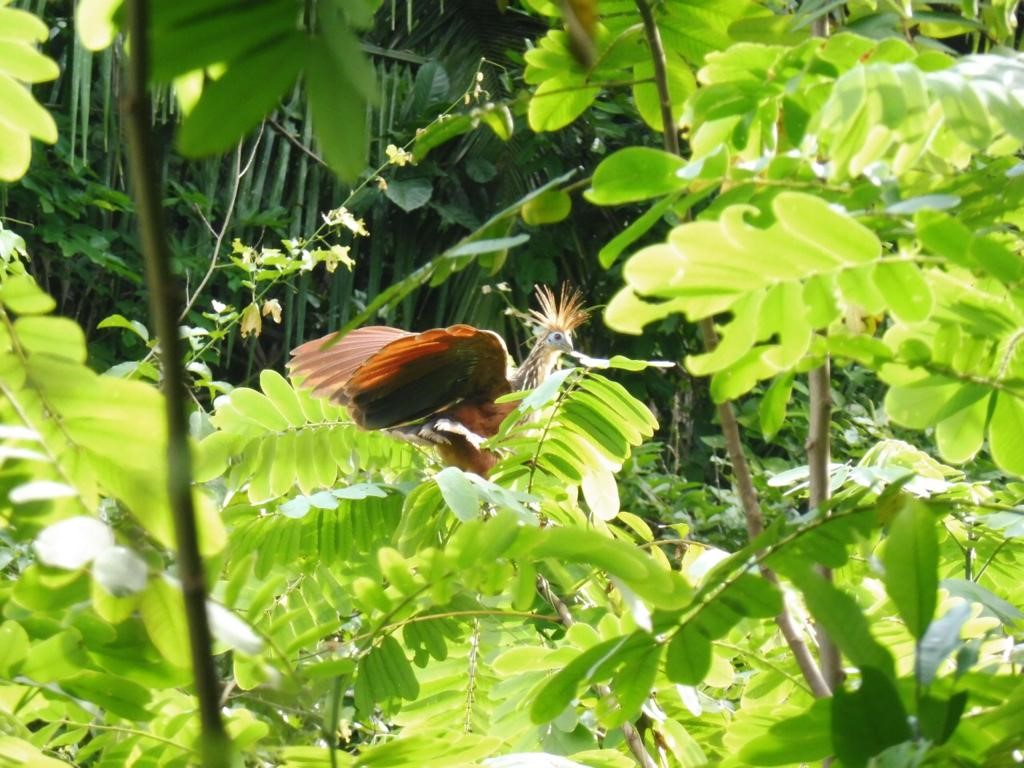
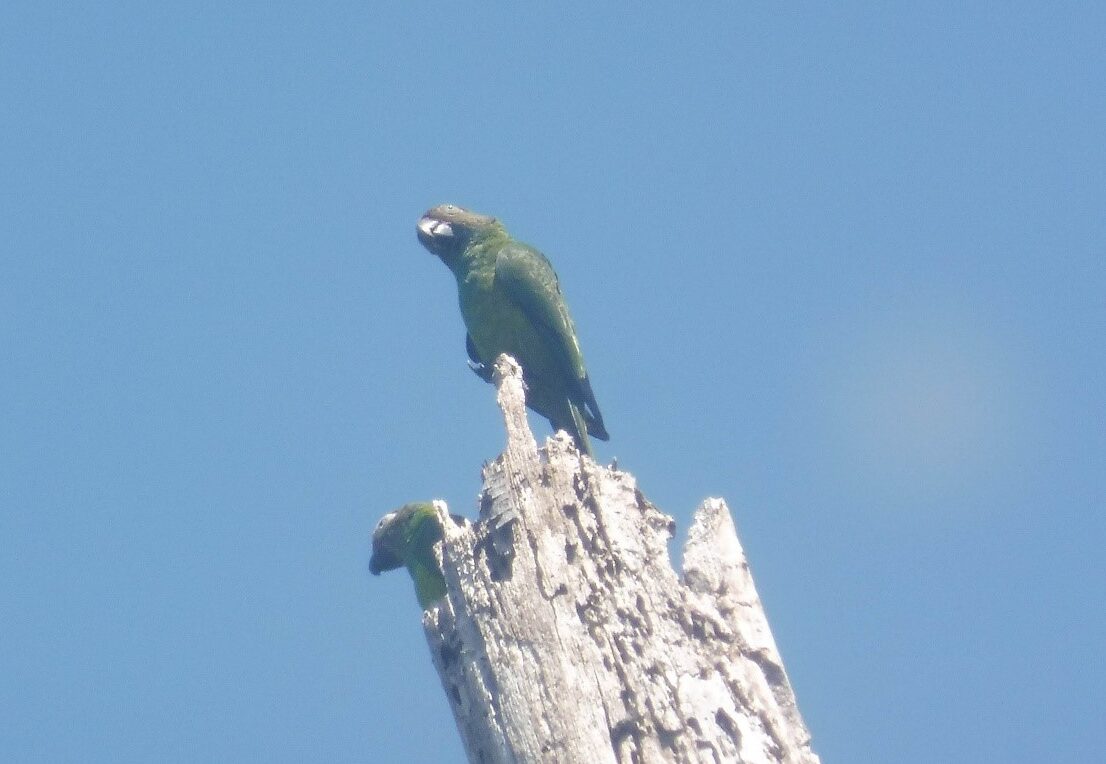

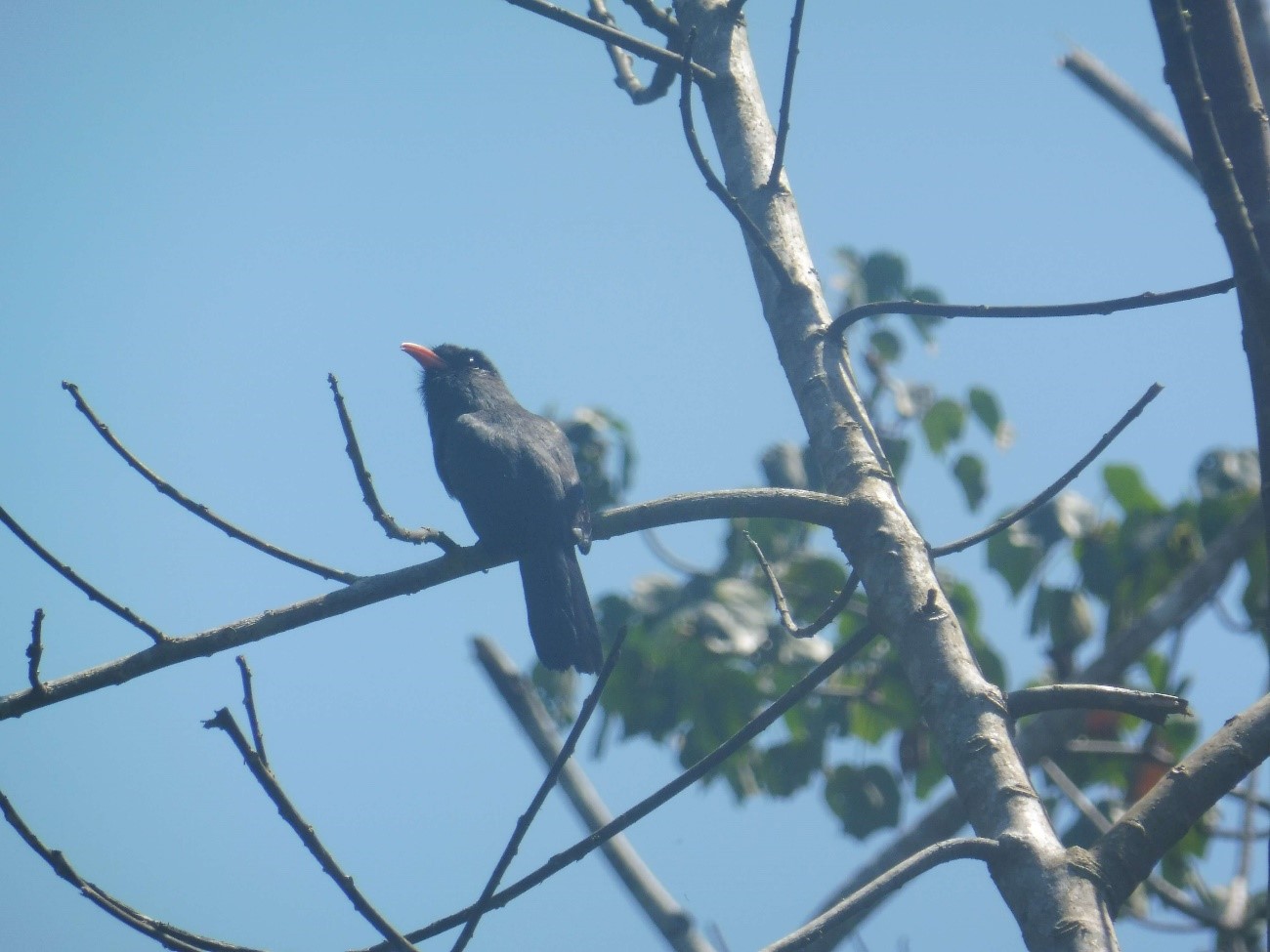


CITIZEN SCIENCE
Is the practice of public participation and collaboration in scientific research in order to increase scientific knowledge. It increases citizen engagement and builds stronger connections between citizens and scientists.
